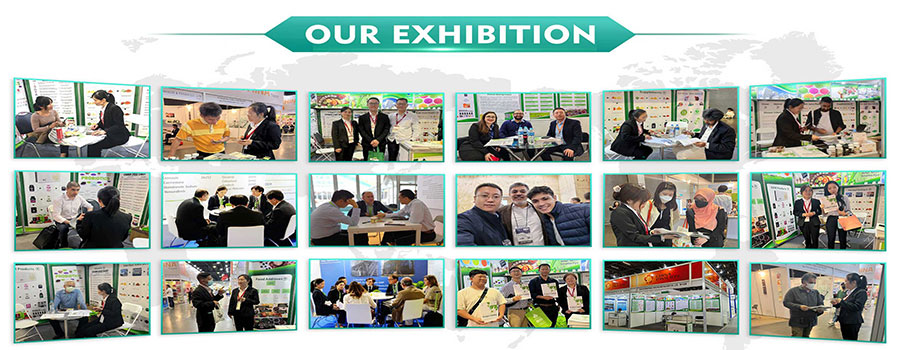





Related Attributes
Product details
Monosodium L-glutamate is a flavor enhancer currently permitted for use in China. The mechanism of action of antioxidants is complex, and there are many possibilities. monosodium L-glutamate is soluble in water and light stable, but it is racemized when heated under alkaline conditions, resulting in a reduction in flavor power.

Uses of Monosodium Glutamate.
Monosodium glutamate is the most widely used fresh flavor agent at home and abroad, and can enhance its taste when coexisting with salt, and 5'-inosinic acid sodium or 5'-guanosinic acid sodium used together, there is a multiplier effect. Our country stipulates that it can be used in all kinds of food according to the production needs in appropriate amount.
Monosodium L-glutamate is a food additive used to flavor and improve the taste of food. It is also commonly used in the production of biological products such as amino acids and enzymes.Monosodium L-glutamate is prepared by extraction from L-glutamic acid or by chemical synthesis.
Monosodium L-glutamate combines with ammonia in the blood to form non-toxic glutamine in the body, which helps to reduce the symptoms of hepatic coma.Monosodium L-glutamate is also often used in combination with antiepileptic drugs for the treatment of petit mal seizures.

Pharmacological effect of Monosodium Glutamate.
Product Method of Bulk Monosodium Glutamate Powder.
(1) Saccharification of starch. The saccharification of starch is mostly done by the double enzyme method. Rice by soaking, sanding or starch directly blended into relative density 1.11 (14 ° Bé) starch slurry, in PH4.5 and 90 ℃ under the condition of adding α-amylase liquefaction 15-20min, and then warmed to 100 ℃ to kill the enzyme for 5min; put the material through the plate and frame pressure filtration, the filter residue can be used as feed, the filtrate is adjusted to PH5.0, add β-amylase, saccharification at 60 ℃ for 12h, and then After heating to 100 ℃ to kill the enzyme cooling and clarification, the upper layer of clear liquid directly into the sugar solution storage tank, precipitated liquid with filter aid diatomaceous earth after filtration, amylose conversion rate of up to 92%.
(2) Glutamic acid fermentation. About 15% of glucose as a carbon source, and add the appropriate amount of inorganic salts and biotin formulated into a fermentation medium, even after elimination and cooling to 40 ℃ sent to the fermentation tank has been sterilized empty, with the flow of liquid ammonia as a source of nitrogen, inoculated by the second expansion of the culture of glutamate-producing bacteria, ventilated fermentation for 30h, the sugar-acid conversion rate of up to 50%, the level of acid production of about 7.0% -7.5%. The PH of the fermentation process was controlled at 7.0-7.2, and the temperature was controlled at 32-34℃ in the early stage and 34-37℃ in the late stage.
WHY CHOOES US?

OUR CERTIFICATE

CUSTOM PROCESS

OUR PACKAGE

OUR EXHIBITION

OUR FACTORY

Shipping

Pharmaceutical Intermediate manufacturers
©2022 Xi'an Henrikang Biotech Co., Ltd.,